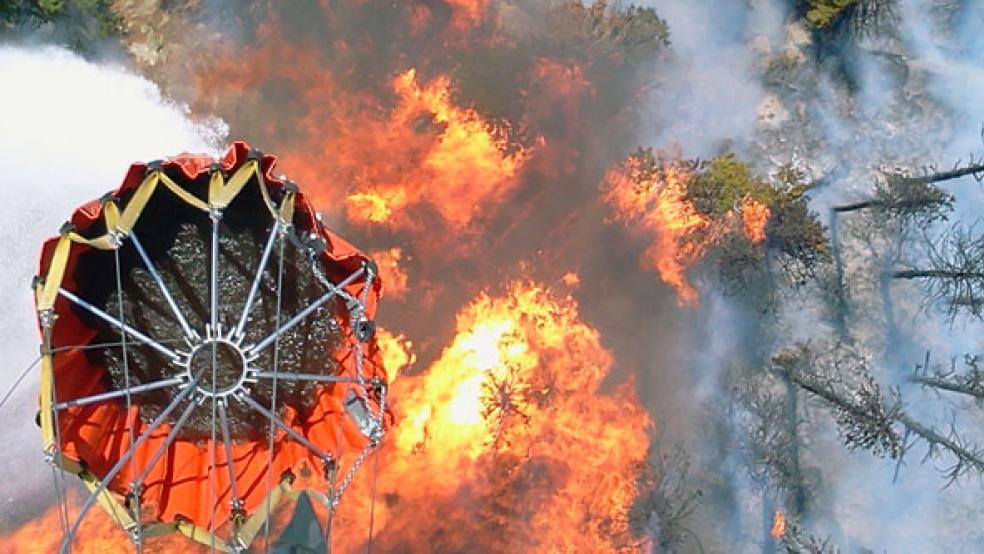
The wildfires raging out West and the freakish storms that ravaged much of the east have property insurers scrambling to keep up with all the claims.
The current blitz of wildfires in Colorado is already the most destructive in the state’s history, and the blazes are expected to continue burning for days. All told, over 1,500 structures, almost a thousand of which were homes, have been destroyed by fires in western states so far. In Colorado alone, more than 30,000 people have been evacuated from their homes.
Across the plains in the Mid-Atlantic states, the hurricane-force “derecho” storm – so called because of its tendency to barrel forward in a straight path (derecho is Spanish for “straight”) – killed at least 13 people and left over 3 million people without power in the wake of its 700-mile path. It caused the largest non-hurricane power outage in Virginia’s history. Four states and the District of Columbia have declared states of emergency. There are countless downed trees, many of which struck homes and cars. The spontaneous nature of the storm – meteorologists had little warning of its arrival – made matters even worse.
Of course, someone has to pay for all that destruction. Cue the insurance companies, who along with government officials and individual victims, will be calculating the damages from these events for weeks to come.
It’s too early to tally total costs, but one hard-hit Colorado Springs neighborhood has already reported over $110 million in damage. Still, for all of their telegenic mayhem, the wildfires are actually unlikely to result in record damages for Colorado. For this summer at least, that dubious honor goes to the less visibly striking hailstorms and flooding over two days in Colorado last month. They garnered less media attention, but with $321.1 million in damages, they amounted to the fourth-costliest weather event ever in that state.
Back east, the claims process has been complicated by timing – many residents are on vacation this July 4th week and may not even be aware that a tree crashed in on their roof. Still, the derecho has State Farm alone already processing over 22,000 property claims and 7,000 auto claims, with more obviously still coming in, according to a company spokesperson.
In Ohio, the storm is similar in severity to that of 2008’s Hurricane Ike, which wreaked $1.2 billion worth of damage on the state when all was said and done, according to Mitch Wilson, a spokesperson for the Ohio Insurance Institute.
It’s a big outlay for insurance companies to stomach. So how do they cope, and what can policyholders expect from them after the dust has settled? Insurance companies are restricted from raising premiums in response to a single event. However, past events will be factored into predictions for future events. “When they get nervous, their number crunchers take another look at what their exposure is and whether they’re charging enough and that may lead to rate increases,” Amy Bach, executive director of United Policyholders, told The Fiscal Times last year.
“Ohio has had at least 14 storms in the current five-year period with losses near or over $25 million,” says Wilson, “compared to seven in the previous five-year period.” So even if a big storm doesn’t lead directly to increased premiums, in a less direct way, it will encourage higher premiums as insurers reassess the potential damages they could have to pay out if climate change creates more frequent and intense weather events.
This reassessment can happen on a broad level or an individual one. For policyholders, this means that if damage amounts to little more than the deductible on their plan, it may be wise to consider not filing a claim.
On the other hand, insurance companies are structured to be able to absorb the costs involved with an extreme weather event – that’s why most of them spread their risk among diverse geographic locations. In addition, they are required by law to maintain enough in cash reserves to cover any foreseeable event. The real risk for individuals, then, isn’t in paying for the current catastrophe, but in how that payment will be used to assess future insurance rates.



